Le Boisé d’Argenteuil
à vendre / for sale
Projet de développement / Development Site
2,020+ ACRES
BROCHURE
PLAN
CARTE
VIDÉO
PORTRAIT
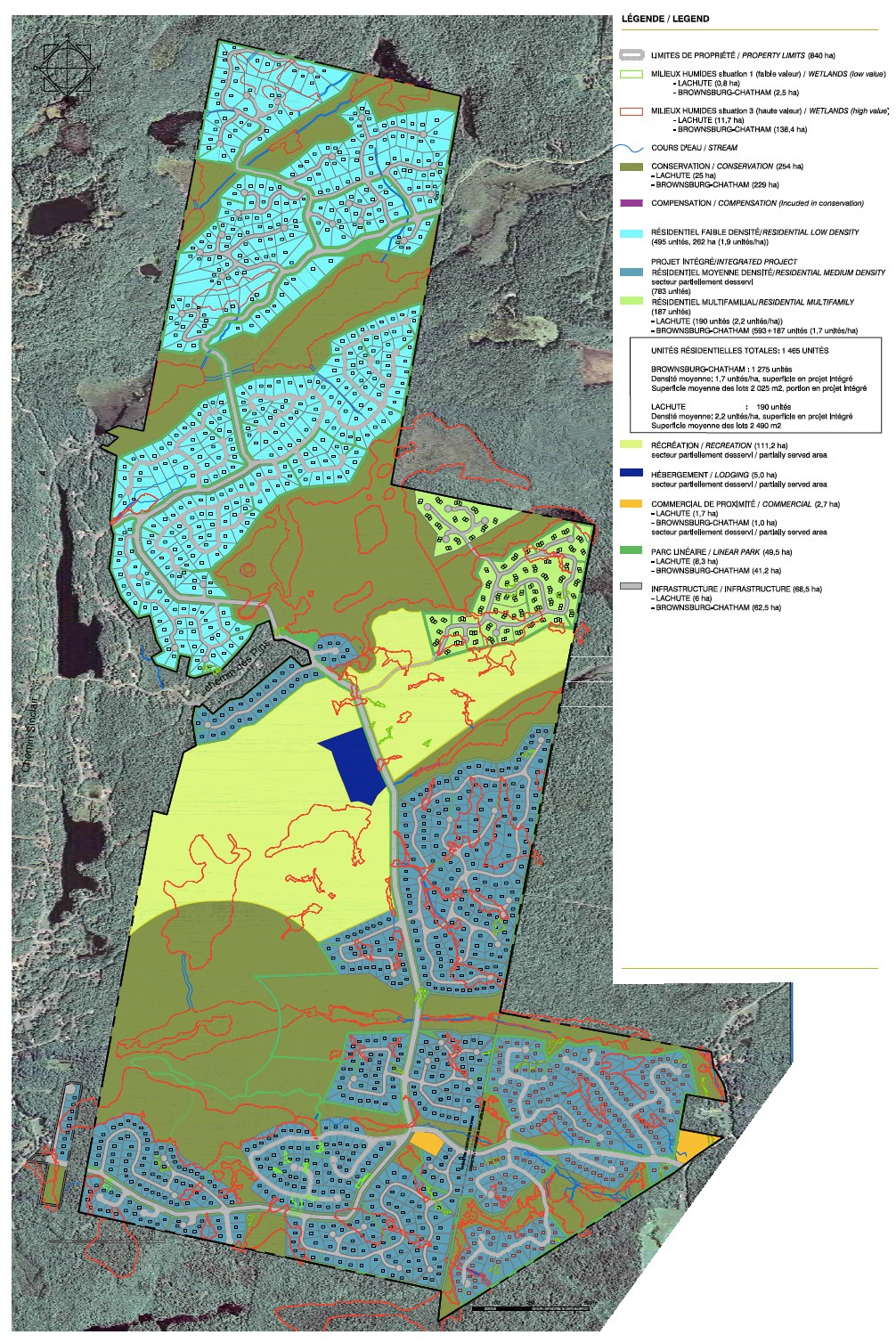
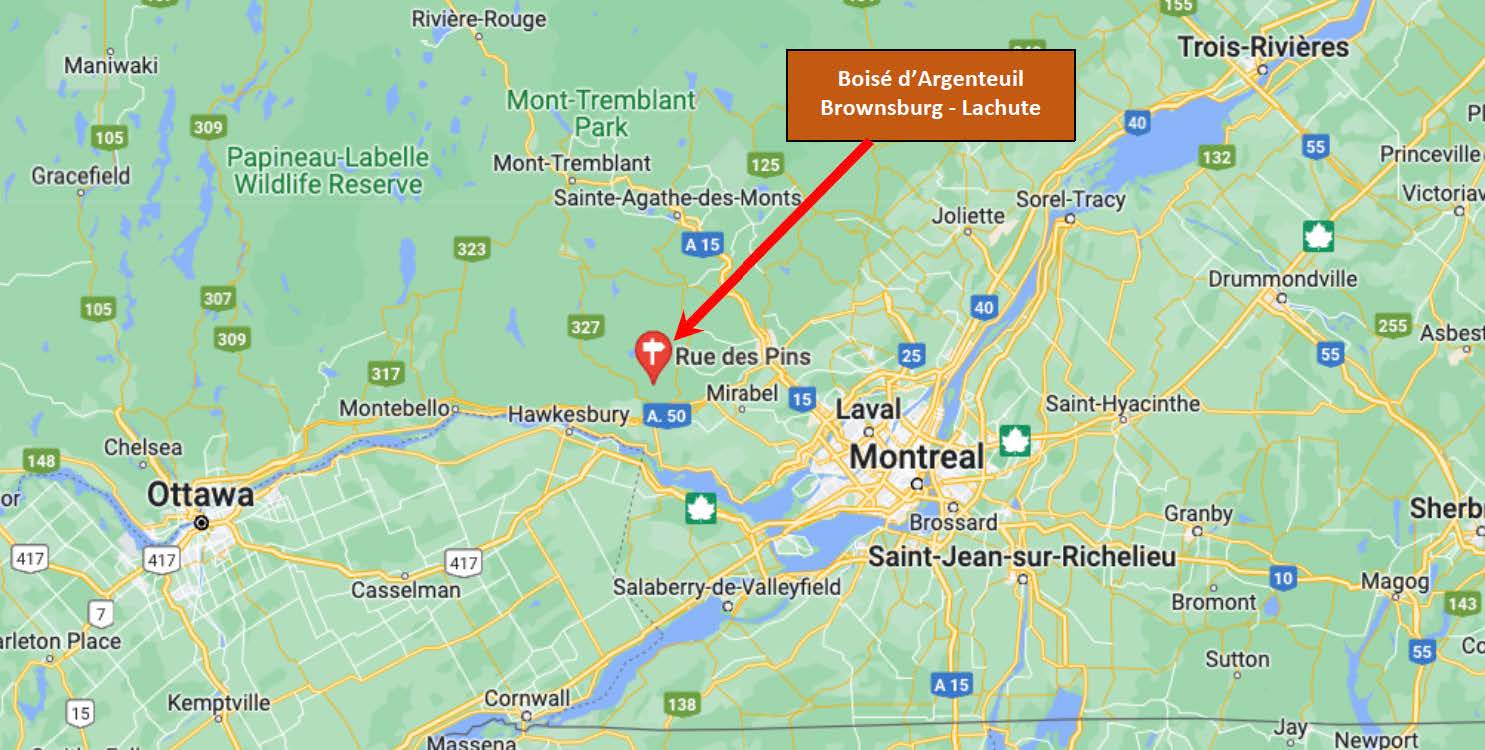
Portrait de la région – RMC d’Argenteuil et Laurentides
Laurentides

The Laurentides is a region of Quebec. While it is often called the Laurentians in English, the mountain region only includes part of the Laurentian Mountains. It has a total land area of 20, 744.29 Km2 (8,009.42 sq mi) and a 2006 census population of 511,276 inhabitants.
The area was inhabited by the Montagnais First Nations tribe, until the French settled it in the first half of the 19th century, establishing an agricultural presence throughout the valleys. During the 20th century, the area also became a popular tourist destination, based on a cottage and lake culture in the summer, and a downhill and cross-country ski culture in the winter. Ski resorts include Saint-Sauveur and Mont Tremblant.
The Laurentides still offer a weekend escape for Montrealers and tourists from New England and Ontario, though with the new building of a major highway through the area in the 1970s (Autoroute 15), the area has experienced a lot of growth. Its largest city is Saint-Jerôme, in its extreme southeast, with a 2006 census population of 63,729 inhabitants.
Laurentian Mountains

The Laurentian Mountains (French: Laurentides) are a mountain range in southern Quebec, Canada, north of the St. Lawrence River and Ottawa River, rising to a highest point of 1166 metres (3,825 feet) at Mont Raoul Blanchard, north east of Quebec City in the Reserve Faunique des Laurentides. The Gatineau, L’Assomption, Lievre, Montmorency, Nord and St. Maurice rise in lakes in this mountain range.
Across the U.S. border to the south, the Adirondack Mountains in New York
State are actually an extension of the Laurentians, although they are sometimes mistakenly included with the Appalachian Mountains.
Note that although one of Quebec’s official regions is called Laurentides, the mountain range runs through four other regions; Captale-Nationale, Outaouais, Lanaudiere, and Mauricie. The foothills of the Laurentian range extend into Northeastern Ontario, particularly towards Bonnechere, Ontario as the Laurentian Highlands, Madawaska Highlands, a range of hills near the Madawaska River and Opeongo Lake, and Opeongo Hills (another range of high hills, near Round Lake) in Ontario near the town of Combermere.
The Laurentian Mountain range is one of the oldest mountain ranges in the world. It contains rock deposited before the Cambrian period 540 million years ago. The Laurentians are the central part of the Grenville orogeny dating back to 1100-1000 mya (million years) ago.
The Laurentides Region
Winter and summer alike, this justly famous region of mountains, lakes and resorts, draws vacationers from all over, in search of clean air and elbowroom. Located north of Montreal, the Laurentides region is renowned for its ski hills, vast network of cross-country ski trails and top-notch gold facilities. Weather you fancy plunging into a river or a Nordic bath, enjoying a meal at a sugar shack or picking apples off the tree, sleeping in a luxurious inn or lodging with an outfitter, there’s something for everyone! And speaking of tastes, the region has a well-deserved reputation for fine dining and regional specialties. To discover them, take the Farmlands Route, a gourmet route that winds through the countryside.
The Trembling Mountain
The Laurentides region is home to Quebec’s largest protected area. Parc national du Mont-Tremblant has a wide array of outdoor sports to choose from, ranging from hiking to canoeing, camping, fishing, cross-country skiing, snowshoeing, and more. Nestled at the base of a 968-m (3,176ft) mountain of the same name, the village of Tremblant repeatedly tops the list of eastern North America’s best resorts. The liveliness of its pedestrian village combined with a great range of activities—downhill and cross-country skiing, swimming, cycling, golf, and luge are but a few—have earned Tremblant its enviable popularity. Nearby Saint-Sauveur is another landmark destination, its picturesque village bustling with bistros, bars, and boutiques. Unparalleled when it comes to skiing and sliding, Saint-Sauveur is the place for night skiing. In the fall, the forests of the Laurentides take on their characteristic flamboyant hues, reviving the festive spirit of the entire region.
An Easy Destination

The Laurentides region is perfect for family vacations. Head off on the bike trail known as the P’tit Train du Nord (little train of the north) that winds its way through hills and villages for 200 km (125 mi.). In the winter, this form of railway line welcomes snowmobilers on one part of its route, and cross-country skiers on the other. Parc national d’Oka draws campers and swimmers to its long beaches on Lac des Deux Montagnes in the summer and cross-country ski and snowshoe enthusiasts in the winter. Water parks provide a refreshing respite from the summer’s heat for young and old alike; while two regional theme parks are sure to delight the youngsters: Village du Pere Noël (Santa’s village) in Val-David, reviving the magic of Christmas, and Au Pays des merveilles (“Wonderland”) in Sainte-Adele, home to Alice and many storybook characters.
The Best U.S. Fall Color Forests, 10 Exceptional North American Fall Color Spots
The Laurentian Mountains in Quebec Canada
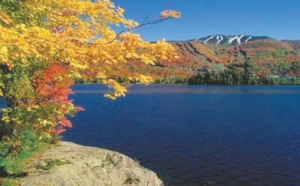
Overview: Just north of Montreal is Mont-Tremblant National Park, home of Mont Tremblant and a mountain some say is the most beautiful in eastern North America. Fall is extra special in the Laurentian Mountains where leaves are celebrated every year during the last week in September at Tremblant’s Symphonie de Couleurs.
Along with Quebec’s provincial tree, the yellow birch, this region provides color mainly from the deciduous sugar maple, and American beech. You can expect a mixture of conifer green to be included.
Tremblant Resort is just an hour and a half north of Montreal. Only about fifty (50) minute drive North of the subject Property.
Viewing Dates: Good viewing usually begins the last week in September in
the higher elevations. The fall viewing season usually peaks the second week in October.
Lachute
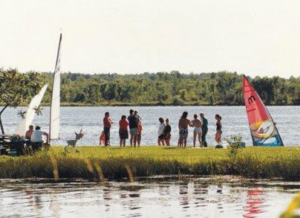
Lachute is a town in southwest Quebec, 62km (39mi) northwest of Montreal, on the Riviere du Nord, a tributary of the Ottawa River, and west of Mirabel International Airport. It is located on Autoroute 50, at the junctions of Quebec Provincial Highways route 148, Route 158, and Secondary Highways 327 and 329.
It is the seat of Argenteuil Regional County Municipality, and is served by the Lachute Airport.
Its major industries include paper mills and lumber. The population of this town is about 12,700 people.
History
Originally in the 17th century, “La Chute” identified a cataract or falls on the North River (Riviere du Nord) located about 24 kilometres (15mi) upstream from its confluence with the Ottawa River. In 1753, Antoine Brunet became the first Francophone to settle in Lachute temporarily. In 1796, Jedediah Lane, from Jericho, Vermont, bought several thousand acres of land on both sides of the North River, where Lachute is today. That same year, Hezekiah Clark and his family, also of Jericho, settled near the falls on the North River, followed by Loyalists fleeing the American Revolution. Two years later, the population of The Chute Settlement (as it was then known by its English name) consisted of five families.
The village grew quickly: by 1803 there were 30 families scattered on both banks of the North River and by 1810, Lachute counted 83 families, including 211 children of school age. In 1804, a mill was built at the falls and the first general store opened in 1813. One year later, Sir John Johnson bought a large part of the Argenteuil Seigneury. He built a sawmill and gave land for the construction of churches, helping to attract new settlers to Argenteuil. In 1825, Thomas Barron became the first judge, then the first mayor of Lachute. The Lachute post-office was established in 1835.
From 1870 to 1880 Lachute went through another period of expansion, including economic and social development: the railway linking Montreal and Ottawa was built thought the center of the small town. Industries were established: Felix Hamelin and Thomas Henry Ayers established a wool mill and Irishman James Crocket Wilson opened a paper mill.
In 1885, the Town of Lachute was incorpored with a population of around 1300 persons. In 1901, electricity was brought to the town.
In 1966, Lachute and the Village of Ayersvill merged, forming the Cite de Lachute. In 1971, during the construction of Monteal-Mirabel International Airport, a part of the Saint-Jerusalem Parish was added to Lachute. In 1981, Cite de Lachute became Ville de Lachute. In 2000, about 10 square kilometers of Mirabel’s territory was annexed by Lachute. In 2002, the Service de police municipal de Lachute was transferred to the Surete du Quebec.
Expo Lachute Fair is the oldest fair in Quebec and the second oldest in all of Canada running from 1825 to present. In 1917, Argenteuil Society purchase land to hold the Expo Lachute Fair permanently in Lachue. 1917 saw the construction of the grandstand and the track, with new cow and horse barns being constructed as time and money allowed. The Fall fair was changed to a Spring fair in 1925 so that it could be strictly deemed a livestock show.
Brownsburg-Chatham, Quebec
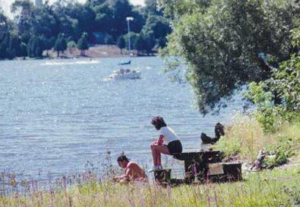
Brownsburg-Chatham is a municipality in the Laurentides region of Quebec, Canada, part of the Argenteuil Regional County Municipality,.. It is located along the Ottawa River, just west of Lachute, and includes the communities of Brownsburg, Cushing, Dalesville, Greece’s Point, Pine Hill, and Saint-Phillippe. Economic activities include agriculture, tourism, and the manufacture of explosives.
History
Chatham Township was established in 1779, and named after English Statesman William Pitt, 1st Earl of Chatham (1708-1778). Mostly populated by rich American Loyalists, its post office opened in 1829 and the township municipality was formed in 1845. By the mid-19th century, there were a few hamlets including Dalesville, Brownsbury, and Starneville.
In 1818, Major George Brown, born in England, was granted by the government land of the West River (Riviere de l’Ouest). Together with pioneers Daniel Smith and Captain A. L. Howard, he was able to breathe life into the local industry during the 1820’s. George Brown built among other achievements, a sawmill and gristmill which contributed to the economic growth of the region and led to the formation of Brownsburg Village which was named after him. In 1854, the Brownsburg post-office opened. Later in the third quarter of the 19th century, a major arms factory run by the Dominion Cartridge Company was the major local industry.
In 1935, the Village Municipality of Brownsburg was officially established by separating from the Township Municipality of Chatham.
On October 6, 1999, Brownsburg was rejoined with Chatham and the new Municipality of Brownsburg-Chatham was formed. On July 6, 2002, the municipality changed its statutes and became the Town of Brownsburg-Chatham. Population of Brownsburg Chatham is 7,300
Population: There are approximately Six (6) million people living in one hour car drive radius of the subject property.